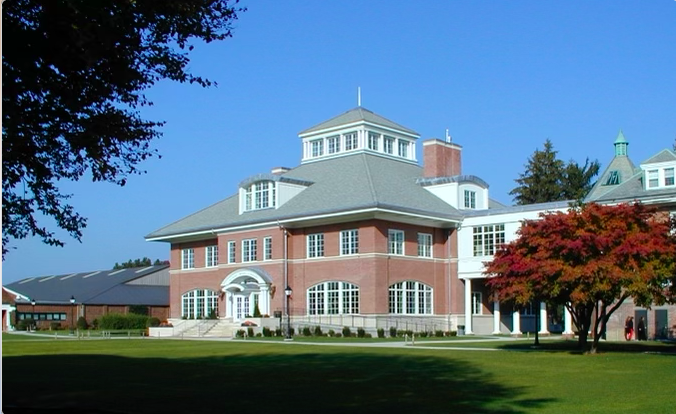As college admissions season officially commences, the concept of affirmative action comes to mind. A process which has been praised since 1961, race-based affirmative action is believed to atone for the inherent racial inequities of American society and increase diversity on college campuses. However, colleges have failed to see affirmative action for what it really is: a system of racial favoritism which poses an obstacle to qualified white students. Although race-based affirmative action has been banned, colleges may still be inclined to use it. Therefore, a simple question arises: Is it justified to place limits on the individual for the benefit of the whole?
In my opinion, the benefits of race-based affirmative action are outweighed by the injustices of denying opportunities to deserving applicants of other races. As an alternative, colleges should begin valuing social class over race. Unlike race-based admissions, class-based affirmative action will increase diversity on college campuses while still ensuring that opportunities are not limited for qualified white applicants. Many seem to think that class-based admissions solely revolve around an applicant’s family income. However, admitting students simply based on their poverty level will not increase diversity, as there are far more poor white students in our country than poor students of color: “Black families are over-represented in America, but in terms of total numbers, there are still many more poorer white households” (Bhatia and Badger, “Can You Create a Diverse College Class Without Affirmative Action?”). As a result, colleges should consider other factors, such as whether students attend high-poverty high schools or live in high-poverty neighborhoods, and therefore have less access to helpful resources such as test prep classes and tutors, as well as their parents’ education levels.
However, many selective colleges see class-based affirmative action as a threat to their academic caliber. In order to mitigate the lowering of academic standards, colleges should seek out academic outliers, or those students who outperform their peers despite having similar disadvantages. This way, colleges are not just recognizing economic disadvantage, but also motivation and commitment to excel.
As more low income students are admitted, colleges will need a greater amount of financial aid to support these individuals. To achieve this, colleges should turn to state and federal governments for funding: “They could tie tax subsidies to the proportion of low-income students at private colleges…or expand student aid grants and administer them on a sliding scale according to an institution’s socioeconomic diversity,” suggests Philip Levine, an economics professor at Wellesley College (Knox, “Is Class-Based Affirmative Action a Pipe Dream?”).
If colleges admit more economically disadvantaged students, racial diversity will naturally increase, and the admissions process would become fairer overall.








